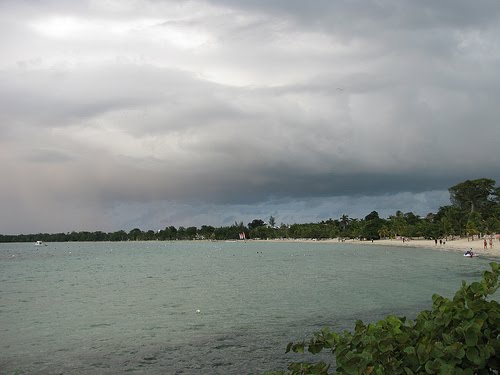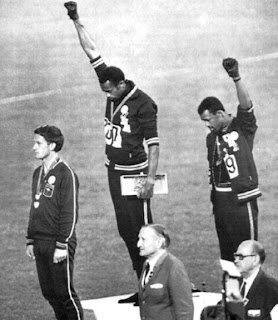There’s a famous quote from Bruce Lee, martial arts legend, where he said:
Don't get set into one form, adapt it and build your own, and let it grow, be like water. Empty your mind, be formless, shapeless — like water. Now you put water in a cup, it becomes the cup; You put water into a bottle it becomes the bottle; You put it in a teapot it becomes the teapot. Now water can flow or it can crash. Be water, my friend.
Water takes the shape of its container.
Tonight I was sitting in the car driving home from our final residential trip to our local storytelling venue with my partner Laura. Laura and I are about to move to Kansas City – big move. We’ve both been in the Boston area for more than 20 years and more importantly, we grew up as storytellers here. We each learned under the tutelage of Brother Blue, famed storyteller and self proclaimed holy fool for story. And now, because of a job layoff and new exciting job opportunity, we’re moving to Kansas City. Sitting there in the car we talked about our what we are taking with us from our community – from our nest.
Many saw Brother Blue as a colorful character. He only wore blue from head to toe. When performing he wore balloons pinned to his shirt, butterfly pins on his clothing and hat, butterflies hand drawn with sharpie on the palms of his hands and on his face, and a spectacular sash across his chest proclaiming him as a storyteller. And when he opened his mouth, what came out was more than stories. It was him that came out, it was you, it was the world as he saw it and then as you saw it. It was magic and holy and crazy and dream-like and sometimes hard to comprehend. But it was always from someone who lived story, not just told stories.
We each have the power to change the world in some way. Blue compelled us to tell stories from the middle of the middle of us to the middle of the middle of those who hear our stories. The storyteller’s job is to give water – give stories that take the shape of the listener – every listener. The world is a thirsty place for more than what can fit in a cup. We need to give them life.
And as Laura and I travel to a new home 1500 miles away, we know we take water with us. We will bring our stories.

















